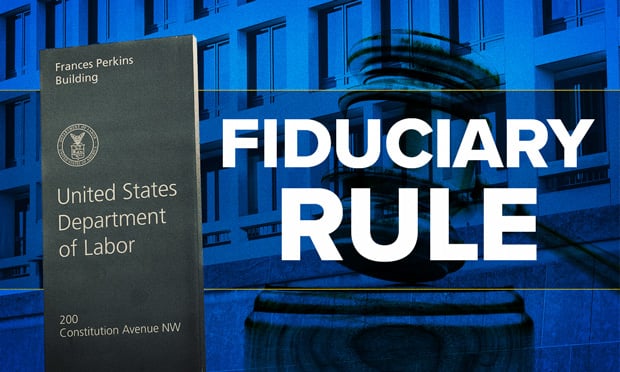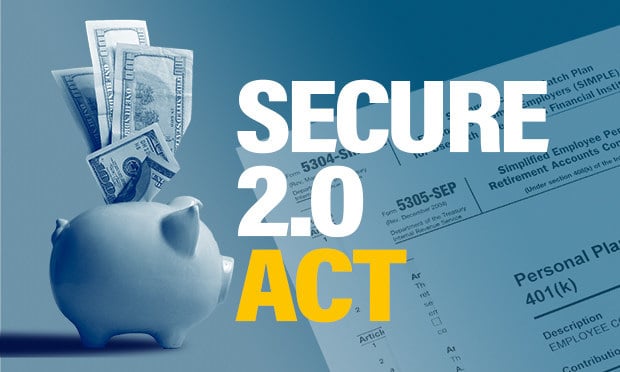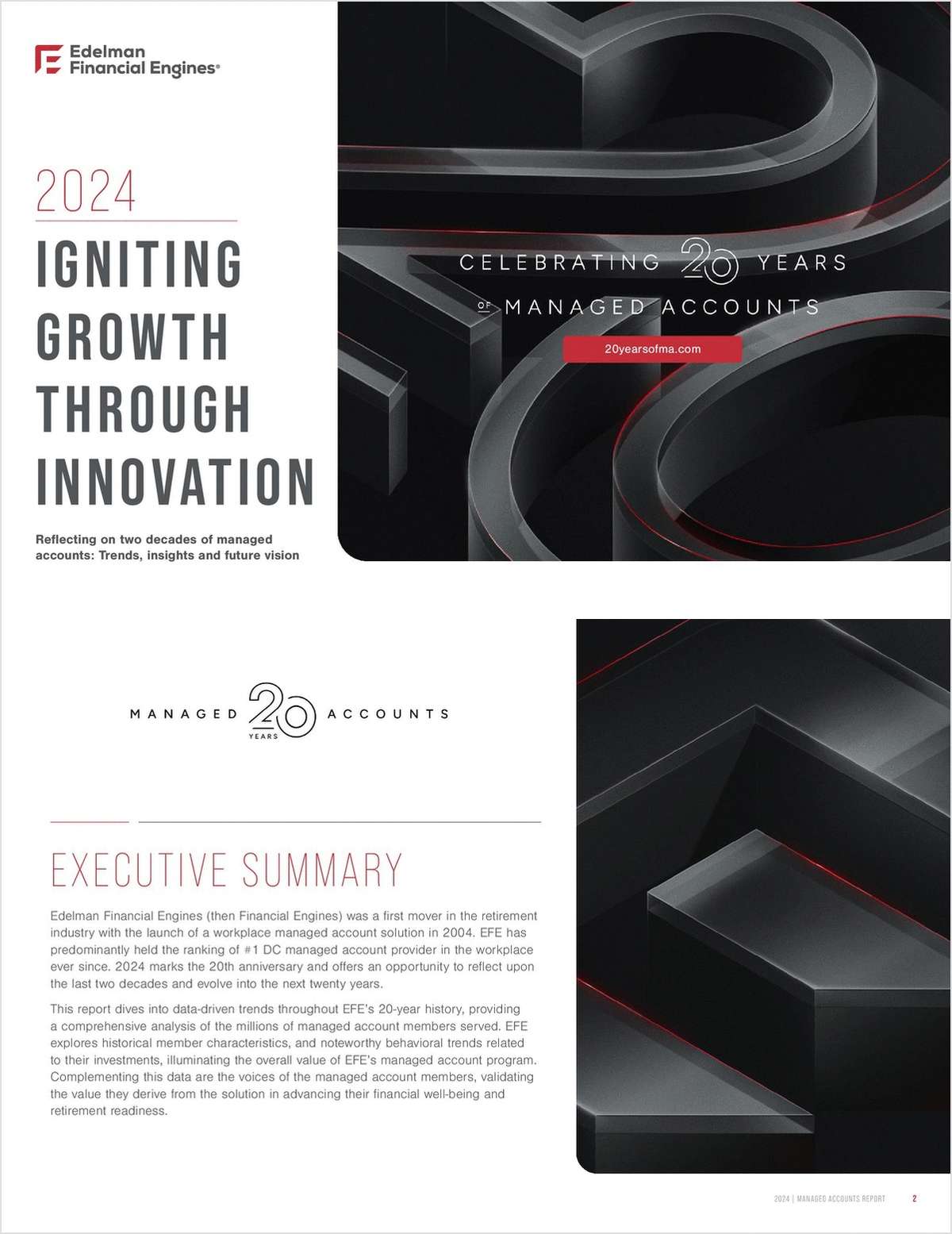There's this popular phenomenon called "crowdsourcing" that's been used in a variety of industries with some success.
Think of the popular show, "Who Wants to be a Millionaire" when the contestant asks the audience what they think the answer to the question is, and you can see both the value – and the bane – of crowd sourcing.
On one hand, there's a good chance the average person might know the correct response. On the other hand, there's a good chance the average person will merely echo the false myth surrounding the topic. It's a test not of factual accuracy, but of popular belief. It's like any poll. It tells you what other people think is right, it doesn't tell you other people's thinking is right.
Continue Reading for Free
Register and gain access to:
- Breaking benefits news and analysis, on-site and via our newsletters and custom alerts
- Educational webcasts, white papers, and ebooks from industry thought leaders
- Critical converage of the property casualty insurance and financial advisory markets on our other ALM sites, PropertyCasualty360 and ThinkAdvisor
Already have an account? Sign In Now
© 2024 ALM Global, LLC, All Rights Reserved. Request academic re-use from www.copyright.com. All other uses, submit a request to [email protected]. For more information visit Asset & Logo Licensing.








